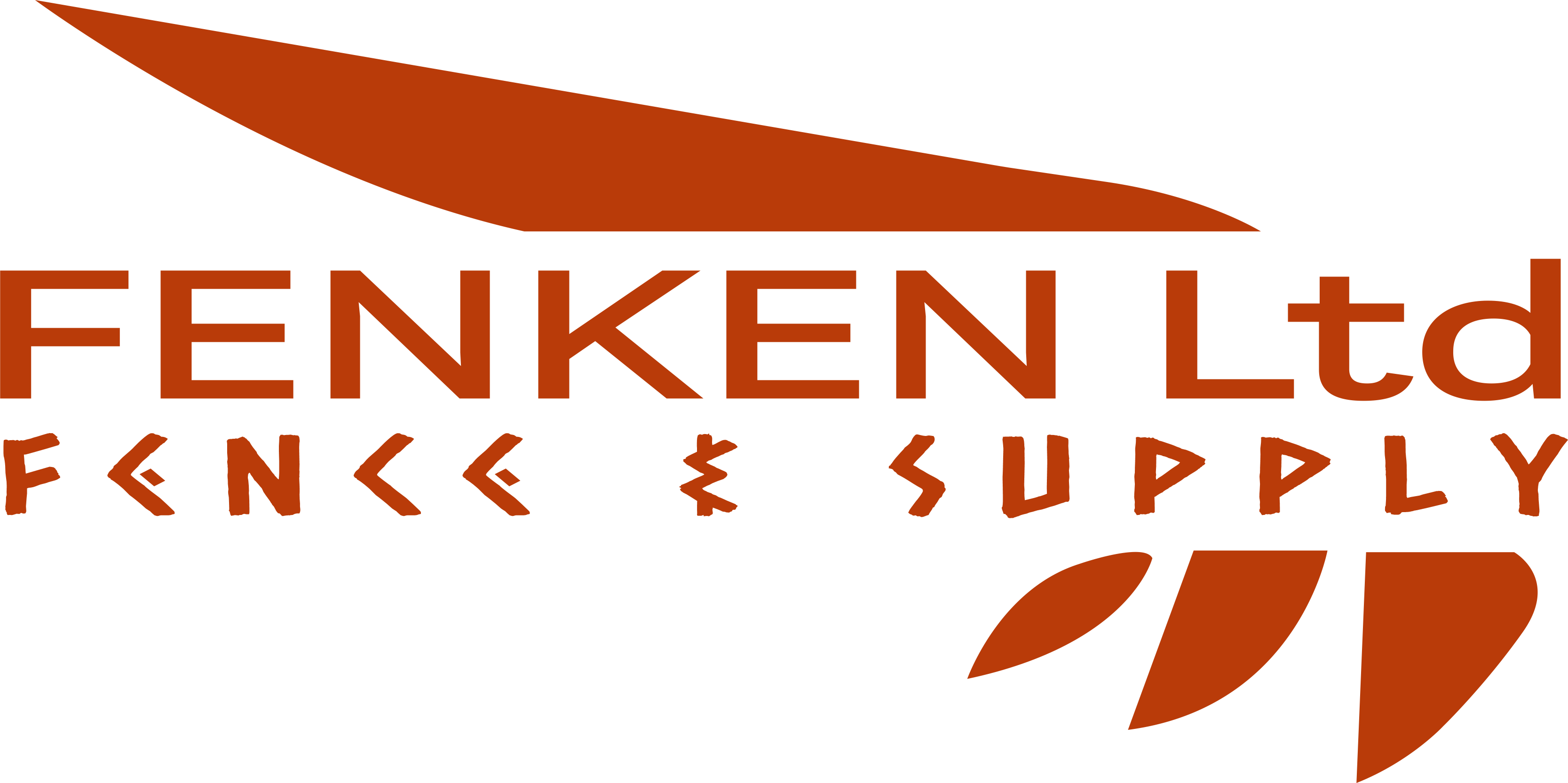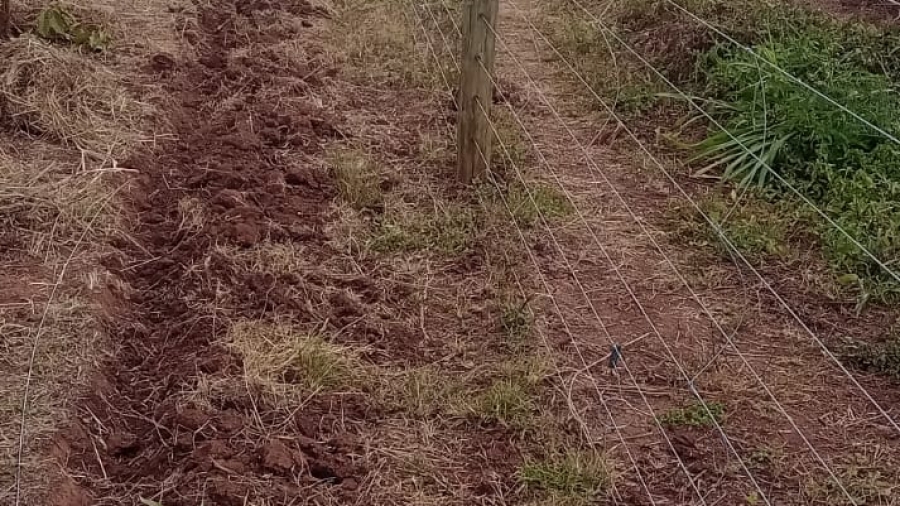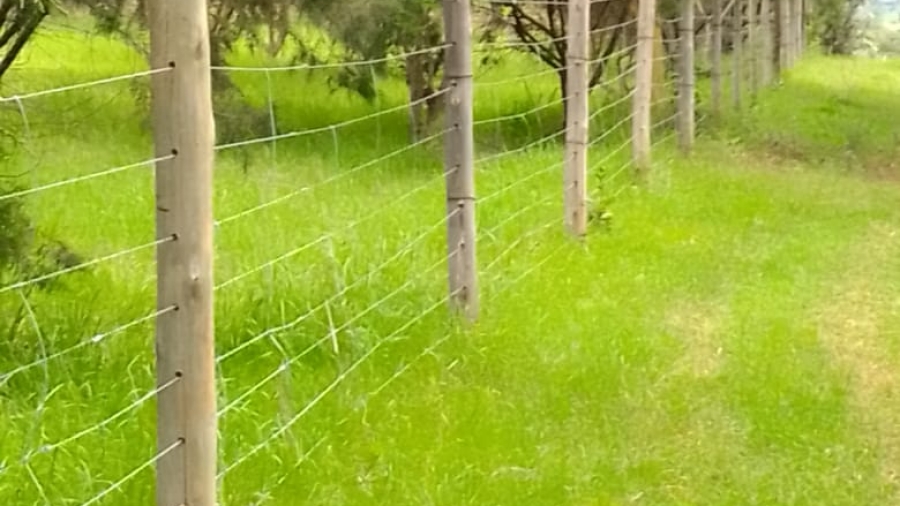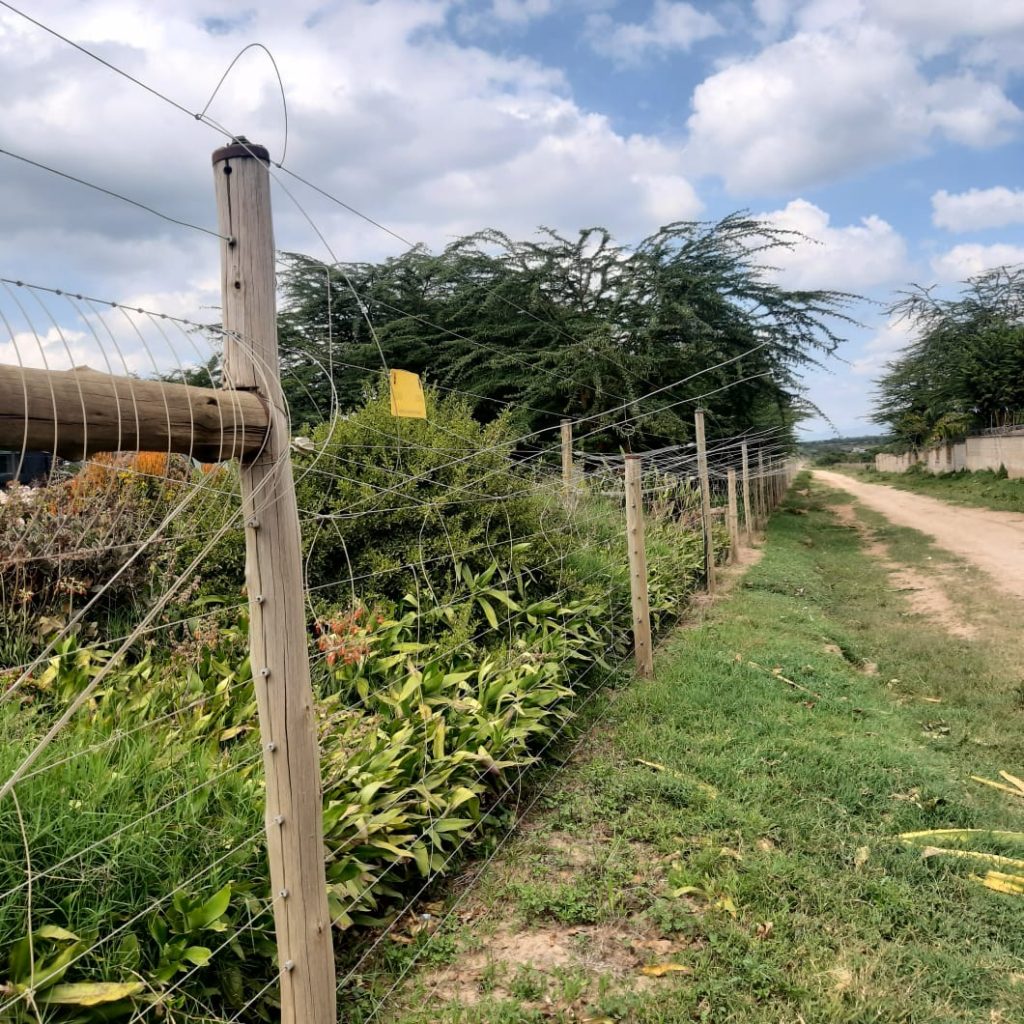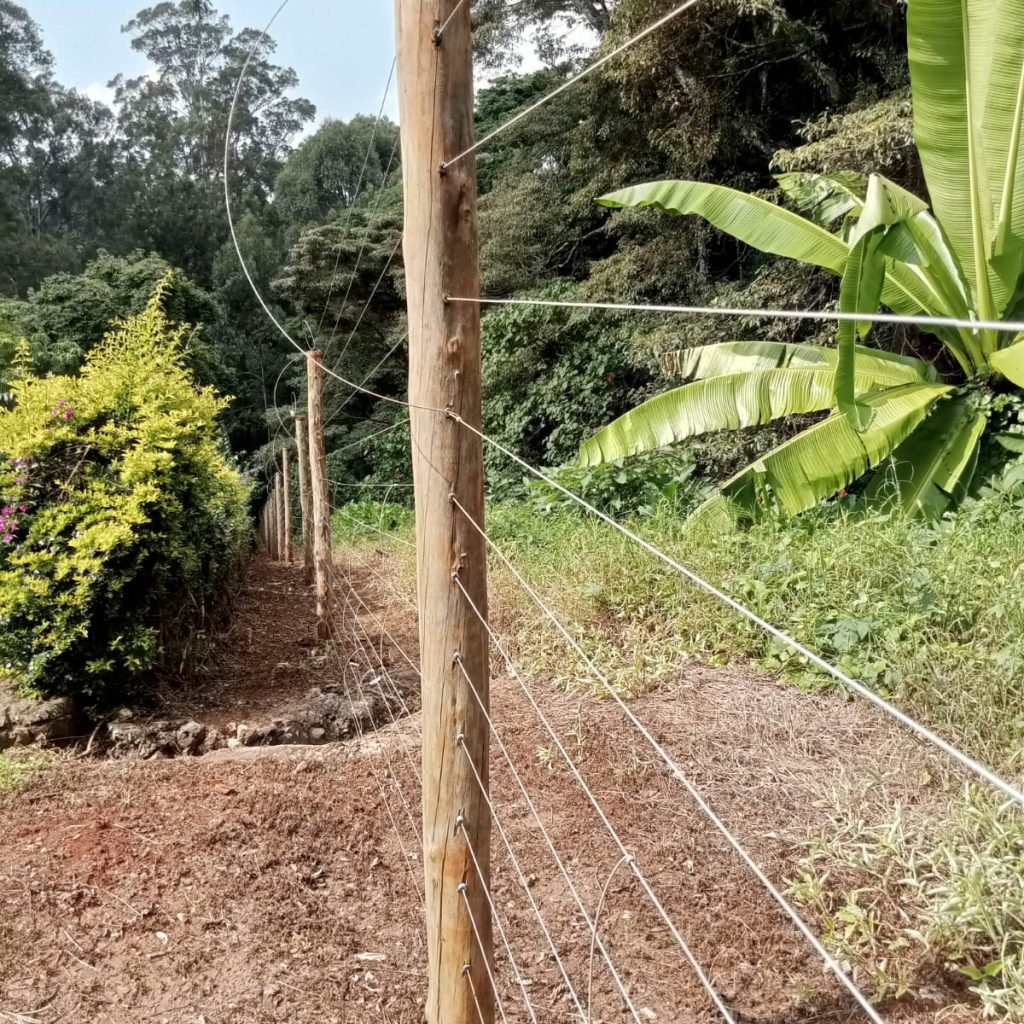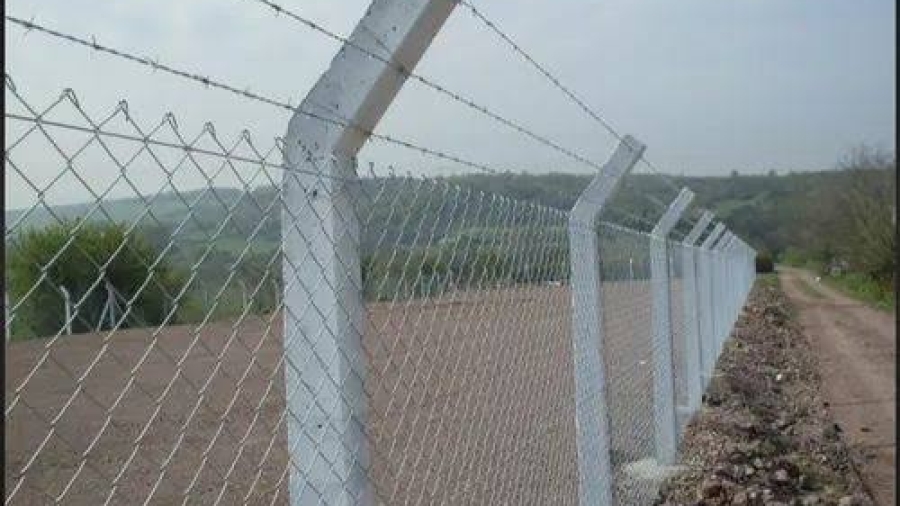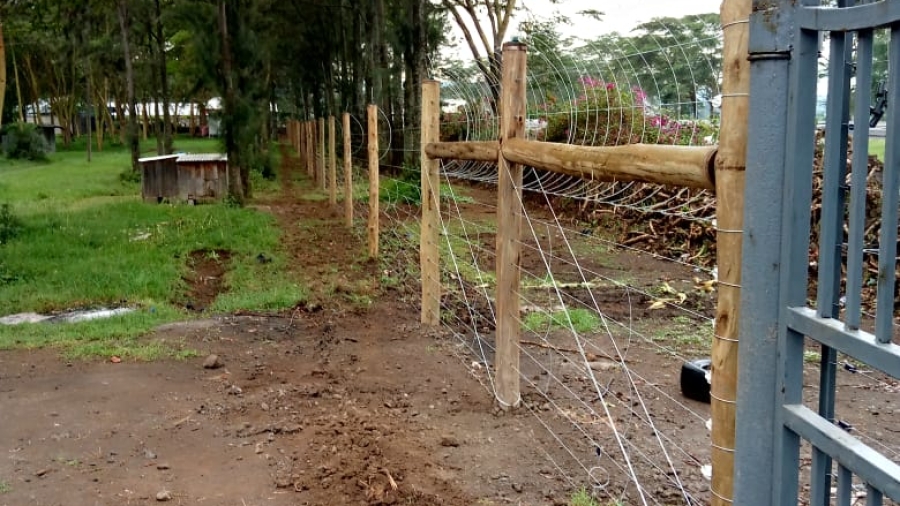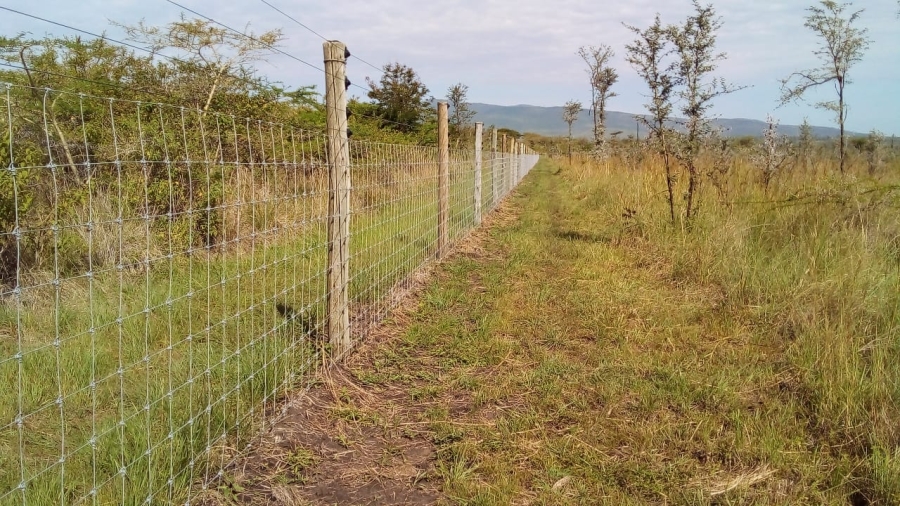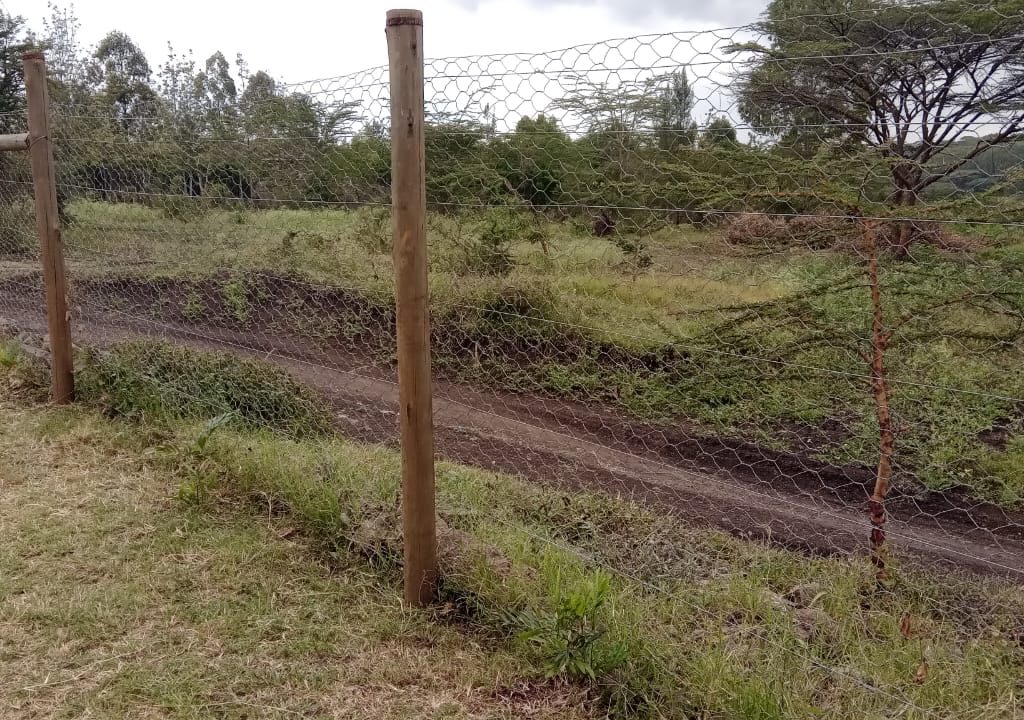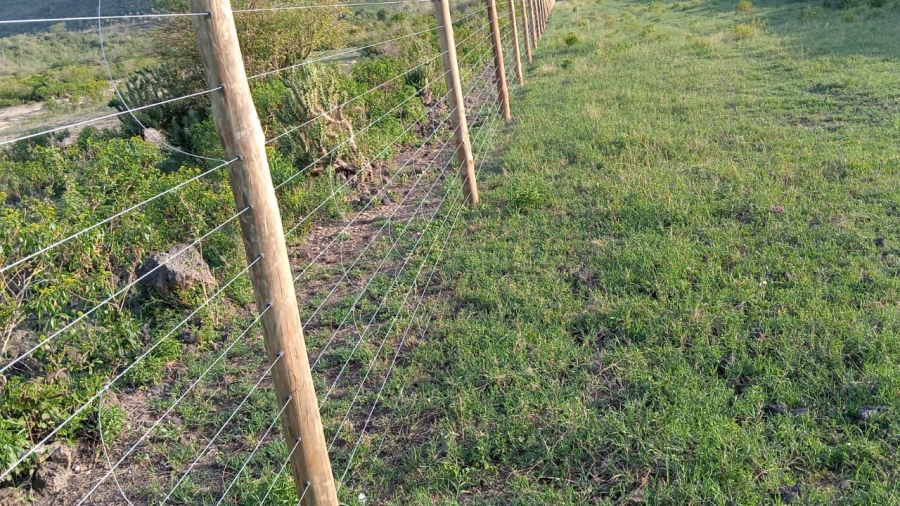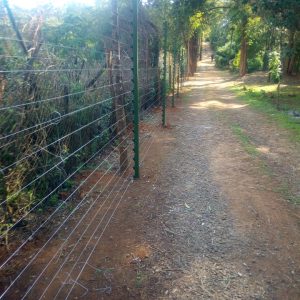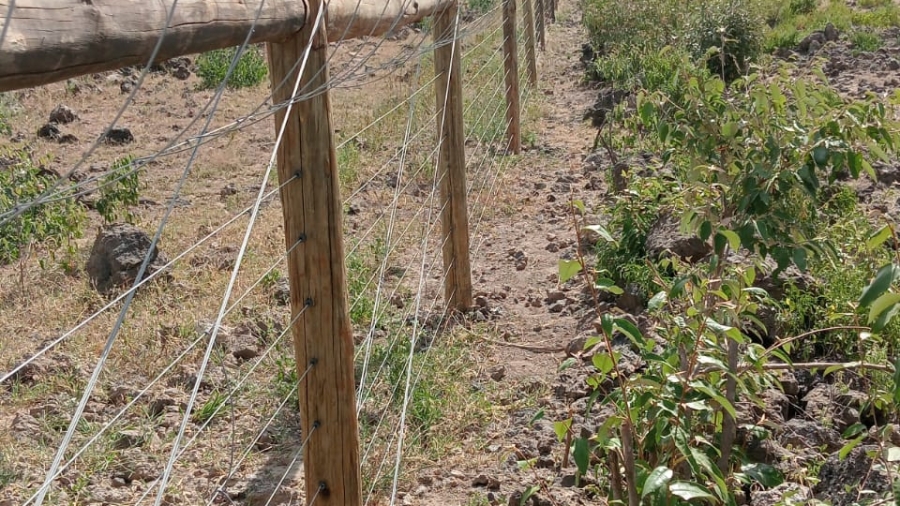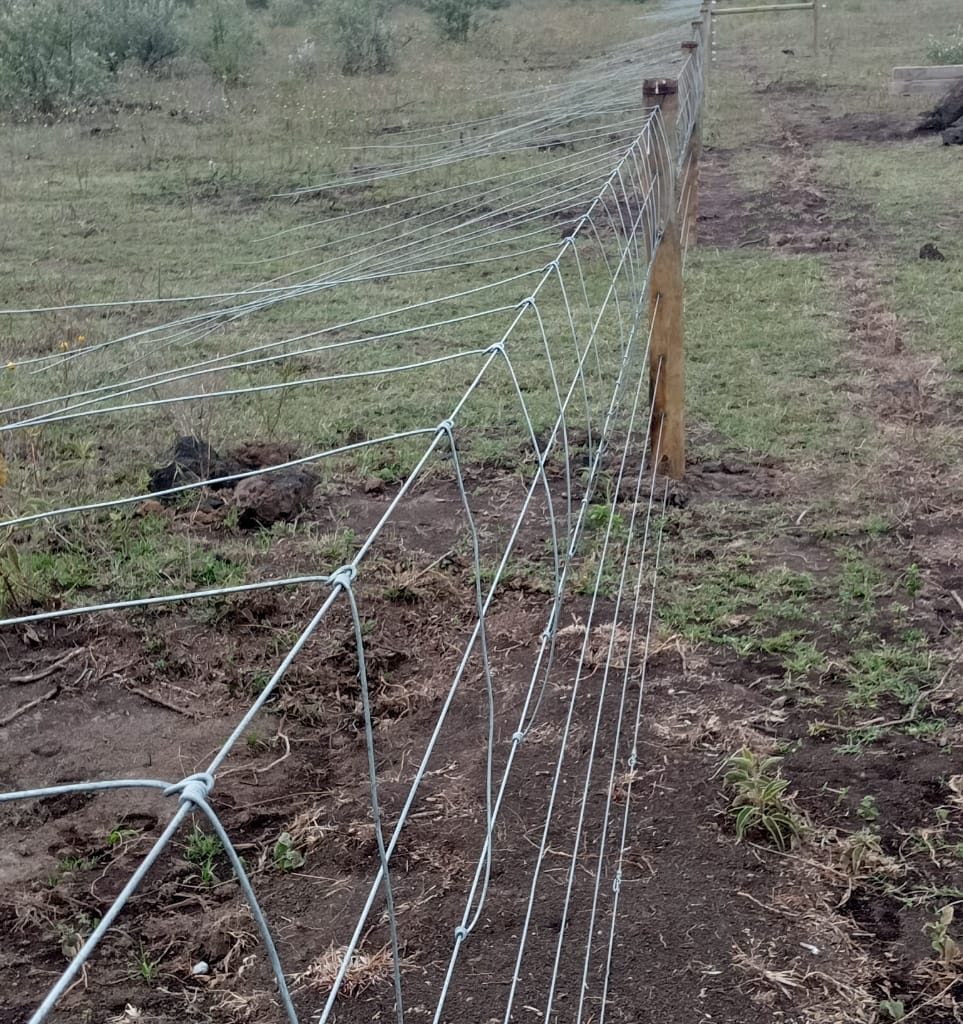In today’s agricultural and conservation landscapes, innovative solutions are key to overcoming traditional challenges. Solar-powered electric fencing is emerging as a game-changer, providing sustainable, efficient, and effective protection for ranchers, large-scale farms, and wildlife conservation efforts. This transformative technology is particularly impactful in mitigating human-wildlife conflicts and securing valuable assets. At Fenken Fence & Supply, we specialize in the installation and maintenance of solar-powered electric fencing, bringing our expertise to ensure your investment is maximized and your property is well-protected.
The Impact of Solar-Powered Electric Fencing
Solar-powered electric fencing harnesses the power of the sun to deliver consistent and reliable security. Here’s why this solution is rapidly gaining popularity:
- Sustainability: Solar-powered systems utilize renewable energy, reducing dependency on non-renewable sources and minimizing environmental impact. This aligns perfectly with the growing need for sustainable agricultural practices.
- Versatility: Whether it’s a remote pasture or a large agricultural field, solar-powered electric fences can be installed virtually anywhere. They are particularly valuable in areas without easy access to conventional power sources.
- Enhanced Protection: These fences offer robust security against both wildlife and human intruders. The electric shock delivered by the fence is a potent deterrent, safeguarding crops and livestock without causing harm.
- Conflict Mitigation: In regions where wildlife encroachment is a concern, solar-powered fences provide a humane way to keep animals at bay. This reduces crop damage and livestock losses while fostering peaceful coexistence between humans and wildlife.
Why Choose Fenken Fence & Supply?
While the advantages of solar-powered electric fencing are clear, the success of your investment heavily depends on the quality of installation and ongoing maintenance. This is where engaging skilled and experienced contractors like Fenken Fence & Supply makes all the difference.
- Expertise and Experience: With years of specialized experience in solar-powered electric fencing, Fenken Fence & Supply understands the intricacies of the technology. Our team is adept at assessing your specific needs and delivering customized solutions that ensure optimal performance and reliability.
- Precision Installation: Proper installation is critical to the effectiveness and longevity of your fencing system. Our professionals are trained to handle every aspect of the setup with precision, from positioning the solar panels to configuring the voltage settings. This guarantees that your fence operates efficiently and securely from day one.
- Quality Materials and Equipment: At Fenken, we use only the highest quality materials and state-of-the-art equipment. Our fencing systems are designed to withstand harsh environmental conditions and provide durable, long-lasting protection for your property.
- Comprehensive Maintenance Services: Regular maintenance is essential to keep your solar-powered electric fence in peak condition. Fenken offers comprehensive maintenance packages, including routine inspections, battery checks, and system optimizations. This proactive approach helps prevent potential issues and extends the lifespan of your investment.
- Customer-Centric Approach: We pride ourselves on our commitment to customer satisfaction. From the initial consultation to post-installation support, our team is dedicated to ensuring you receive the best possible service. We’re here to answer your questions, address your concerns, and provide ongoing support tailored to your needs.
Key Considerations for Solar-Powered Electric Fencing
Before opting for solar-powered electric fencing, consider the following factors to ensure it meets your requirements:
- Site Assessment and Planning:
- Determine the specific goals for your fence, such as livestock containment or wildlife deterrence, and measure the area to be enclosed. Fenken’s experts can assist in conducting a thorough site assessment and creating a detailed installation plan.
- Solar Exposure: Ensure your location has adequate sunlight to power the solar panels effectively. Fenken’s team can evaluate the solar potential of your site and recommend optimal panel placement for maximum efficiency.
- Budgeting and Cost Analysis: While the initial investment may be higher than traditional fencing, consider the long-term savings on energy costs and maintenance. Fenken can provide a detailed cost analysis to help you understand the financial benefits over time.
- System Specifications and Customization: Choose a fencing system with the appropriate voltage and features for your needs. Fenken offers a range of customizable options to ensure your fence is perfectly suited to your operational requirements.
- Installation and Ongoing Support: Decide on professional installation for guaranteed performance and reliability. Fenken’s experienced installers ensure a seamless setup and offer continued support to keep your system running smoothly.
Transforming Agriculture and Conservation with Fenken
At Fenken Fence & Supply, we believe in the power of innovative solutions to drive positive change in agriculture and conservation. Our expertise in solar-powered electric fencing provides a sustainable, efficient, and effective way to protect your property, enhance productivity, and foster harmonious human-wildlife interactions.
By choosing Fenken, you’re not just investing in a fencing system—you’re partnering with a team committed to excellence and dedicated to supporting your success. Let us help you harness the power of solar energy to secure your future.
